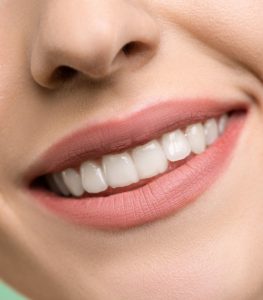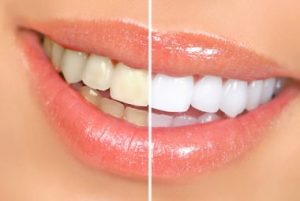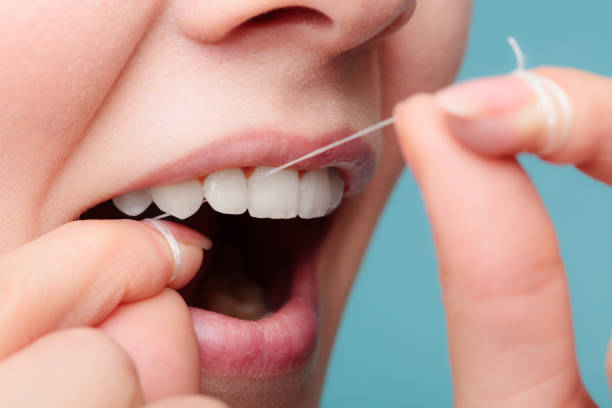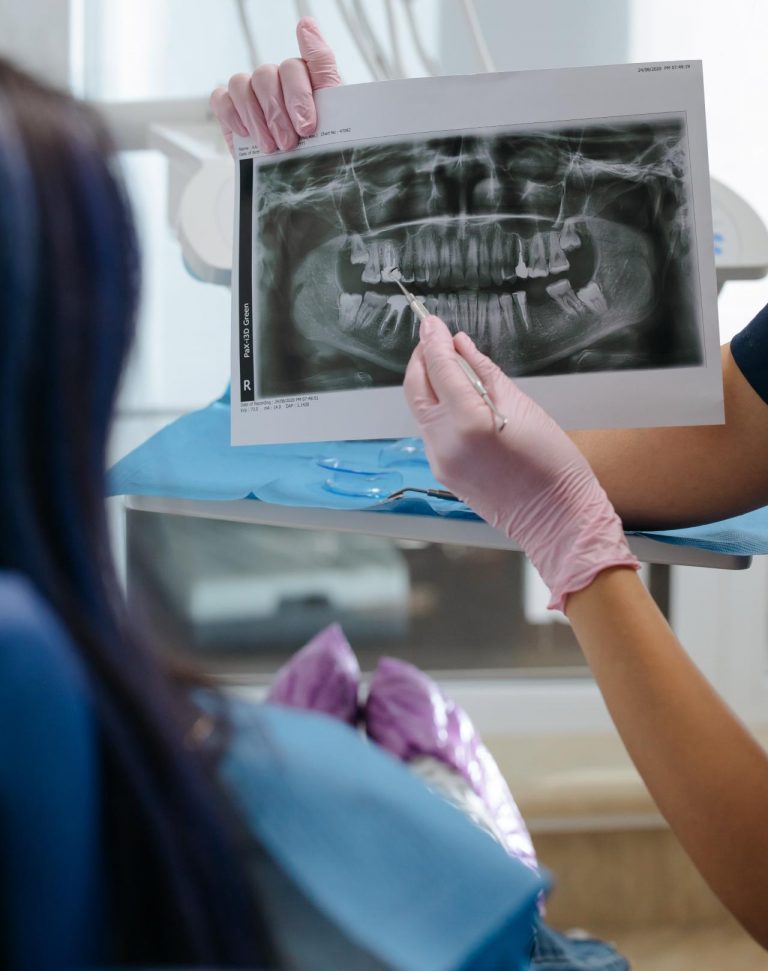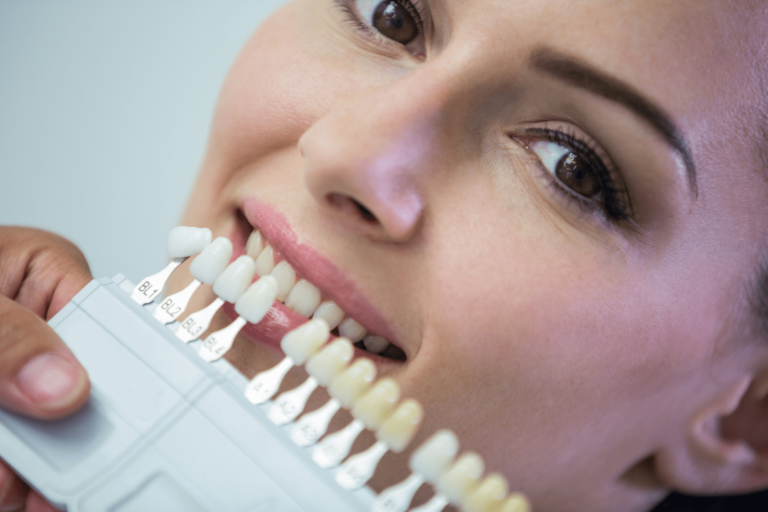With teeth brightening options more plentiful than ever, we enlisted volunteers to test the top three methods in use today.
Wilkes Barre- A smile. You’re never fully dressed without it, right?
And for some, it can be a deal-maker or deal-breaker. That is, perhaps, what drives an increasingly competitive market for a host of products and treatments designed to achieve that ever elusive, perfectly pearly, whiter that white smile.
Time was when one or two basic toothpastes on the market claimed whitening capabilities, but now just about every brand on store shelves also come in a version that offers the promise of shiny and new. Throw the slew of special toothbrushes and other new creations – such as whitening strips that adhere to teeth- into the mix with longer-standing bleaching treatments offered by many dentists and you have almost as many options as you have teeth.
Drink coffee? Red wine? Tea? Cola? Smoke a pack a day? Paid the price with stained teeth? Never fear, you’re told. There’s a treatment out there to rescue your enamel.
But are folks actually willing to shell out the cash in pursuit of the dream? Apparently so, say local dentist, who have had mixed results with several of the treatments.
- “The sudden boom in whitening is like the sudden burst on gyms and looking good, said Dr. Loren Grossman, who has an office in Kingston. “Today’s society puts a lot of emphasis on health and physical attractiveness. Having a nice smile is all part of that.”
In all costly procedures, Grossman insists on a prior consultation to asses whether the patient is a good candidate for a procedure and to discuss realistic expectations.
- “If the patient isn’t happy with the results of one of the procedures, then we offer redos and touch ups or if they’re done laser treatment and it doesn’t take, then we give them the bleaching trays at no cost. We try to give them the desired results wither way,” Grossman said.
The halogen-bleaching technique is fairly new on the market. Only five of Grossman’s patients have had the procedure performed in the two months he has had the equipment, as opposed to the hundreds who have used the customized bleaching trays.
Rosser, who wore the tray once a day for about 30 to 45 minutes for two weeks was extremely please with his new teeth.
- “It’s amazing how the brightness is 10 times more than before,” he said. “it’s really works good and whitens your teeth. For someone that drinks coffee a lot and smokes, that’s pretty great.
O experienced minor sensitivity the second or third time of use, but after that, I felt no discomfort whatsoever,” Rosser said.
Bleaching trays, for both top and bottom teeth, cost about $250 each with the price in the steeper side because each tray must be customized to fit a patient’s teeth.
Grossman was not surprised by Rosser’s enthusiasm for the contraptions.
- “My personal opinion is that the trays work best,” “they work great, and people do tend to have transient sensitivity, but you tell them to stop the treatment for a day then pick ut up, and it’s usually gone.”
When customized bleaching trays debuted in the early 1990s, dentist instructed patients to bleach overnight, an act that contributed to sensitivity. The bleaching material is only effective for 20 minutes, maximizing results and minimizing sensitivity. Leaving the trays in position an longer can be counterproductive, Grossman said.
Another dentist, Dr. Chris T. Kalna of Forty Fort, agreed that bleaching trays are the most effective whitening treatments.
- ” I think the take-home customized bleaching trays give the best results. Laser bleaching works fine, but the results vary. Patients come into an office with expectations that they’re going to get these super white, pearly teeth, and that isn’t always the case,” Kalna said.
But expectations can be high no matter the price.
Grossman’s patient Setta, for example, hoped for more from the Crest Whitestrips. The process takes about 14 days, if the strips are used twice a day for a few hours at a time. A kit costs about $40 and results are purported to last for six months. While the cost of this method is more reasonable, Setta said some of its effects were less than desirable.
- “While I took the strips off, there was all this slime. I had to wipe off all of my teeth with a tissue,” she said. ” I saw a difference. I just wanted to see them whiter than they turned out.”
Grossman said results using whitening strips vary from person to person.
- “The hue, value, and color of the teeth determine how white they’re going to get,” he said. “After two to three weeks of treatment, teeth will be at their maximum whiteness. Doing the process again won’t get them whiter than that.”
Among some of the noted advantages of the Crest Whitestrips, as determined by a Clinical Research Associates’ newsletter, are their efficiency and convenience. Some disadvantages, however, include lack of total coverage and placement difficulties.
- “People don’t like white strips as much because they’re difficult to handle,” Grossman said. “They’re thin, flexible and stick to themselves. It’s fairly new on the market as well. They came out in the last few months, but people try them because they are influenced by media and advertising.”
Whitening strips cover only the front portion of the teeth, and front portion of the teeth, and from cuspid to cuspid, leaving the sides of teeth darker than the portion bleached by the treatment, according to the newsletter.
Crest Whitestrips, as well as the halogen bleaching and the trays use one of two bleaches: hydrogen peroxide or the more common carbamide peroxide for more sensitive teeth. The peroxide is absorbed into the enamel and bleaches the teeth. All three of these are tested procedures and products render results that are supposed to last between three to five years with minor touch-ups thereafter.
Grossman said no result is guaranteed for any amount of time, but the most crucial factor involved in most treatments, especially when using whitening strips or trays, is “patient compliance.”
Written By: Emily Veinstein
